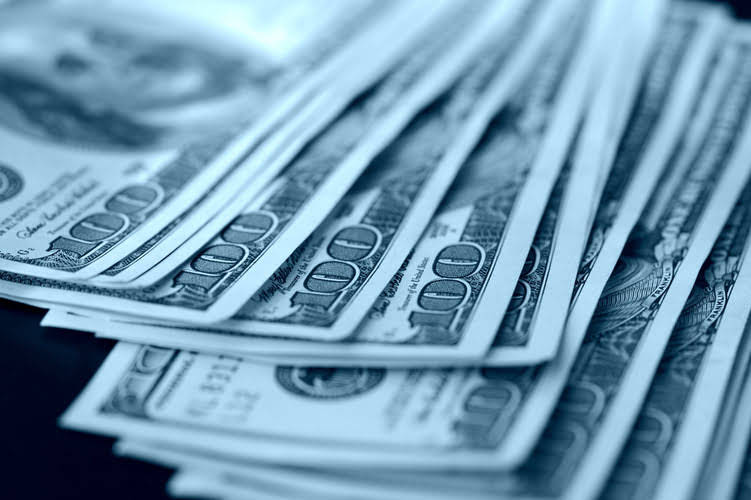
A plant asset is an asset with a useful life of more than one year that is used in producing revenues in a business’s operations. The purchase and sale of plant assets would affect a company’s cash flow. It’s impossible to manufacture products without equipment and machinery, or a building to house them. If the equipment or machinery in question is a necessary part of your business operation, it’s a plant asset.
What Is Property, Plant, and Equipment (PP&E)?
- As for buildings, per IRS rules, non-residential buildings can be depreciated over 39 years using the Modified Accelerated Cost Recovery System (MACRS) method of depreciation.
- Industries like heavy shipping or oil extraction stand to employ a greater percentage of plant assets than industries like software, in which teams may be remote and sometimes globally distributed.
- Named during the industrial revolution, plant assets are no longer limited to factory or manufacturing equipment but also include any asset used in revenue production.
- Plant assets are deprecated over their useful lives using the straight line or double declining depreciation methods.
- Every business concern or organization needs resources to operate the business functions.
- We’re firm believers in the Golden Rule, which is why editorial opinions are ours alone and have not been previously reviewed, approved, or endorsed by included advertisers.
Equipment, machinery, buildings, and vehicles, are commonly described as property, plant, and equipment (PP&E). PP&E is listed on a company’s balance sheet minus accumulated depreciation. PP&E represents assets that are key to the functionality of a business. When a company acquires a plant asset, accountants record the asset at the cost of acquisition (historical cost).
Common questions
- Proper management and accounting of plant assets are crucial for a company’s financial stability and growth.
- Buildings are assets that often retain higher quantities of value, such as office space or a physical location where consumers can do business.
- The resources are sometimes owned by the company and sometimes borrowed by external parties.
- Even if the market value of the asset changes over time, accountants continue to report the acquisition cost in the asset account in subsequent periods.
- These costs may include transportation fees, installation costs, legal fees, and any necessary modifications or improvements to the asset.
- PP&E may be liquidated when a company is experiencing financial difficulties.
- They record the cost of permanent landscaping, including leveling and grading, in the Land account.
These assets are not meant for resale and are expected to provide economic benefits for several years. The name plant assets comes from the industrial revolution era where factories and plants were one of the most common businesses. This category of assets is not limited to factory equipment, machinery, and buildings though. Anything that can be used productively to general sales for the company can fall into this category. The PP&E account is remeasured every reporting period, and, after accounting for historical cost and depreciation, is defined as book value. To calculate PP&E, add the gross property, plant, and equipment, listed on the balance sheet, to capital expenditures.
HOW THE MOTLEY FOOL CAN HELP YOU
It’s important to note that the value of plant assets (other than land) depreciates over time, and each type of asset has a specific “useful life” that is defined by the IRS. Like any category of assets, it’s critical to evaluate plant assets on a company-by-company basis. Depending on the industry, plant assets may make up either a very substantial percentage of total assets, or they may make up only a small part.
- This category of assets is not limited to factory equipment, machinery, and buildings though.
- While they’re most definitely both considered part of the asset category, current assets and plant assets don’t share all that much in common.
- This is especially important later because the depreciation recorded on the buildings affects reported income, while no depreciation is taken on the land.
- Depreciation is the periodic allocation of an asset’s value(cost) over its useful life.
- This method implies charging the depreciation expense of an asset to a fraction in different accounting periods.
Any miscellaneous amounts earned from the building during construction reduce the cost of the building. The second method of deprecation is the declining balance method or written down value method. Every year, the percentage is applied to the remaining value of the asset to find depreciation expense. In the initial years of the asset, the amount of depreciation expense is higher and decreases as time passes.
Disposal of Plant Assets

Plant assets, also known as property, plant, and equipment (PP&E), are tangible assets with a useful life of more than one year. Therefore, the first few years of the plant assets are: assets are charged to higher depreciation expenses. The later years are charged a lower sum of depreciation based on the assumption that lower revenue is generated.



